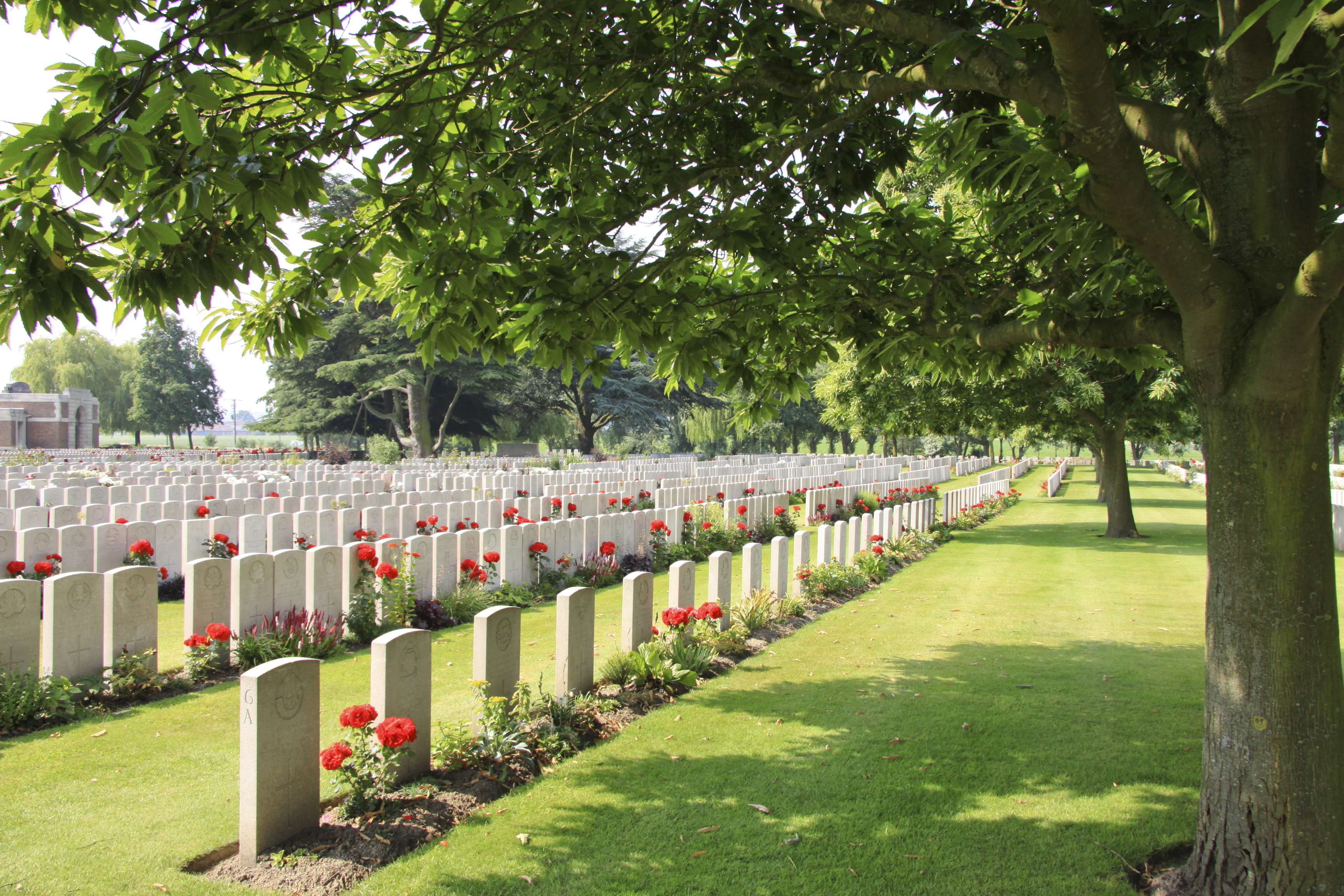Fred Crook
Date of birth: 1894
Date of death: 2.9.1915
Area: Outwood
Regiment: King's Own Yorkshire Light Infantry
Family information: Son of John Crookes and Sarah nee Ogden
Rank: Private
Service number: 21915
War Service
Shortly after the outbreak of war on the 4th August 1914, Lord Kitchener called for volunteers to re-enforce the British Army. These battalions were designated “Service” battalions. The 6th Battalion, Kings Own Yorkshire Light Infantry was formed by men from the West Riding, who were first to answer the call and included many miners. The 6th Battalion was formed at Pontefract on the 12th August 1914 and attached to 43rd Brigade, 14th (Light) Division. Initially without equipment or arms, the 6th KOYLI, in Division, went to Woking, then to Witley, before moving to Aldershot, in February 1915. After completion of their training, on the 21st May 1915, the 6th KOYLI travelled via Folkestone to Boulogne, to join the British Expeditionary Force, in France.
The 6th KOYLI, with the 14th Division, marched towards the front and, on the 30th May, arrived at Bailleul, twelve miles south-west of Ypres. After a week digging trenches at Neuve Eglise, the 6th KOYLI joined the Sherwood Foresters, for a period of training and instruction in trench warfare.
On the 15th June, when attached to the Sherwood Foresters, two mines were blown under the trenches occupied by the 6th KOYLI, causing nineteen casualties. Later that month, the 6th KOYLI went into the line at the Menin Road, near Hooge. During the weeks that followed the battalion suffered casualties from enemy shelling, particularly around Zouave Wood and Sanctuary Wood.
On 29th August 1915, the 6th KOYLI moved into the trenches round Railway Wood, south of the Roulers railway. The first two days in the line were fairly quiet, except for the occasional whizbang and the enemy snipers. At 04.00 hrs., on 1st September the Divisional Artillery opened fire on the German lines. The enemy responded with their own barrage, resulting in the battalion incurring about 22 casualties. In addition, rifle grenades were fired into trench H22, causing a further 8 casualties. The following day continued in a similar vein, but on this occasion, casualties were light.
One of the battalion’s casualties at this time was Private Fred Crookes, who died from his wounds on 2nd September 1915. He was buried in Lijssenthoek Military Cemetery, which is 12 km west of Ypres, on the main road to Poperinge.
During the First World War, this road was the main communication line, between the Allied Military bases in the rear and the Ypres battlefields. Lijssenthoek, though close to the front, was out of range of the German artillery, an ideal area for Casualty Clearing Stations. The cemetery now contains 9901 Commonwealth burials and 883 other nationalities, mainly French and German, from the First World War.
Family Life
Fred Crookes was born in 1894, the first son of John Crookes, a coal miner and his wife Sarah, formerly Ogden. In 1901, John and Sarah Crookes and their five children were living at Broomhead Buildings, Ouchthorpe Lane, Outwood. On leaving school, Fred obtained work as a rope-boy at the local colliery. He also attended the Primitive Methodist Church, at Outwood. At the time of the 1911 census, the family was living at Ashburn View, Rook’s Nest, Outwood.
 Lijssenthoek Military Cemetery
Lijssenthoek Military Cemetery

